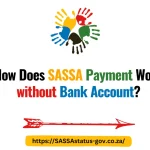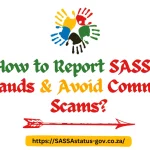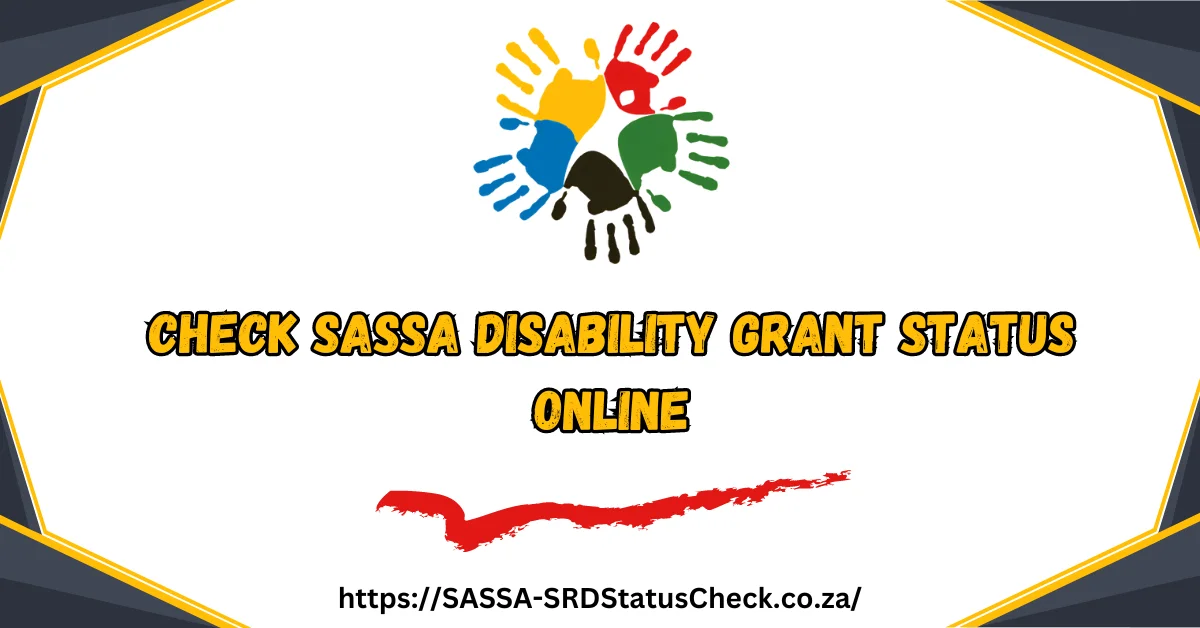Are you worried about your unused SASSA money? Many South African grant holders ask what happens when they don’t collect their SASSA payment on time. As a SASSA beneficiary, knowing these rules helps you keep your grant active.
Understanding the SASSA payment rules is vital for your financial security. We’ll show you exactly what happens to unclaimed SASSA grants, when your account might get suspended, and how long you have to reactivate your benefits.
What Happens If You Don’t Claim Your SASSA Grant? (Quick Answer)
If you don’t use your SASSA grant for 90 days, SASSA will suspend your account. You have another 90 days to reactivate it before permanent cancellation. After 180 days of inactivity, you’ll lose access to your unclaimed funds and may need to reapply for the grant.
What Is SASSA and the Grant Program?
First, some background. SASSA is a government agency that distributes social grants to qualifying South African citizens and permanent residents as part of the nation’s social safety net. Several different grant types are offered based on age, employment status, disability status and income level. The most common are:
- Old Age Grant: For men and women over 60 meeting income requirements
- Disability Grant: For people with mental or physical disabilities
- Child Support Grant: For primary caregivers of eligible children
- Care Dependency Grant: For children with disabilities requiring full-time care
- Foster Child Grant: For foster parents taking care of children via the foster care system
In addition, SASSA introduced the special COVID-19 Social Relief of Distress (SRD) Grant in 2020 to help citizens without other income sources struggling during the pandemic. Often called the “R350 grant,” it provides R350 per month.
Grant amounts range from R500 to R1,900 per month depending on the specific grant type. Approved applicants can opt to have the money directly deposited into their personal bank account every month or loaded onto a SASSA-issued card that works like a prepaid debit card.
What Happens If You Don’t Withdraw the Full Amount?
If you receive a SASSA grant through the card or bank deposit option, but do not withdraw or spend the full amount when it’s paid, the remaining funds stay in your account for future access. However, the money must be accessed within 90 days, or 3 months. If there is no account activity for 90 days, SASSA will suspend the account for possible deactivation.
During this 90-day suspension window, grant recipients can apply to SASSA to have their account reactivated and get access to any outstanding payments that accrued.
But if the full 90 days lapses without any effort to reinstate the account, SASSA will cancel it altogether along with any unclaimed money, which gets returned to the National Treasury. This could require having to completely reapply depending on the grant type.
So in essence, grant recipients have 90 days to show some account activity before losing access to those funds and potentially the grant itself if not addressed promptly. Even a seemingly small purchase or withdrawal demonstrates intended use versus abandoning the money altogether.
Does Unused SASSA Money Expire?
While accounts can undergo suspension then deactivation after 90 inactive days, the actual funds do not automatically “expire” or disappear. The unused money remains available to the recipient until actively withdrawn and spent, or until SASSA ultimately cancels the account.
However, because inactive accounts face suspension risk starting at 90 days, grant recipients should develop consistent withdrawal and spending routines for best results. Letting large balances accrue untouched for months on end can jeopardize future access.
Is It OK to Leave Unused Funds on My SASSA Card?
Legally, unused grant money can remain on SASSA-issued cards indefinitely as long as some regular account activity shows ongoing utilization. Grant recipients shouldn’t feel pressured to empty the full amount each month.
In fact, SASSA actually recommends incremental withdrawals as a safer option than carrying large cash amounts, which can pose robbery risks. However, if recipients go longer than 90 days without transactions, card suspension will occur.
So while untouched money itself does not “expire,” inactive accounts can eventually lead to canceled grants and forfeited access to those untouched funds after 90 days of no transactions.
How to Check Unclaimed SRD Grant Payment Status?
As a temporary relief measure with unique rules, the COVID-19 SRD Grant works slightly differently than standard SASSA grants. Recipients can check the status of SRD payments by:
- Visiting their nearest SASSA office and providing ID to access account details
- Using the SASSA website or mobile app to view payment history and details
- Calling the SASSA call center at 0800 60 10 11 and confirming identity
Unclaimed SRD funds show as outstanding payments owed to the recipient. It’s critical to follow up promptly if an expected payment is missing, as unclaimed funds can get returned to the National Treasury fairly quickly given the temporary nature of this grant program.
In Conclusion
SASSA grants provide essential support each month for income-qualifying South Africans. While recipients aren’t expected to withdraw or spend the full amount immediately, untouched funds left to accumulate for over 90 days can trigger account suspension and eventual cancellation if not addressed.
The key takeaways around unclaimed or under-utilized SASSA grants:
- Funds stay available until actively withdrawn and spent
- Accounts can face suspension after 90 days inactive
- Canceled accounts = forfeited access to those untouched funds
- SRD grants have faster reclaim processes for uncollected funds
As long as account activity continues at least once every 90 days, grant recipients can strategically withdraw and access funds when needed. Just avoid leaving large balances completely dormant for months on end, or you risk temporary suspension or permanent cancellation of your SASSA grant.

I’m Anele Zulu, a South African social worker dedicated to serving my country’s most vulnerable. With my degree and field expertise, I empower underprivileged communities through compassionate support and tireless advocacy on this website. My goal is simplifying access to services so families can uplift themselves
Contents
- 1 What Happens If You Don’t Claim Your SASSA Grant? (Quick Answer)
- 2 What Is SASSA and the Grant Program?
- 3 What Happens If You Don’t Withdraw the Full Amount?
- 4 Does Unused SASSA Money Expire?
- 5 Is It OK to Leave Unused Funds on My SASSA Card?
- 6 How to Check Unclaimed SRD Grant Payment Status?
- 7 In Conclusion

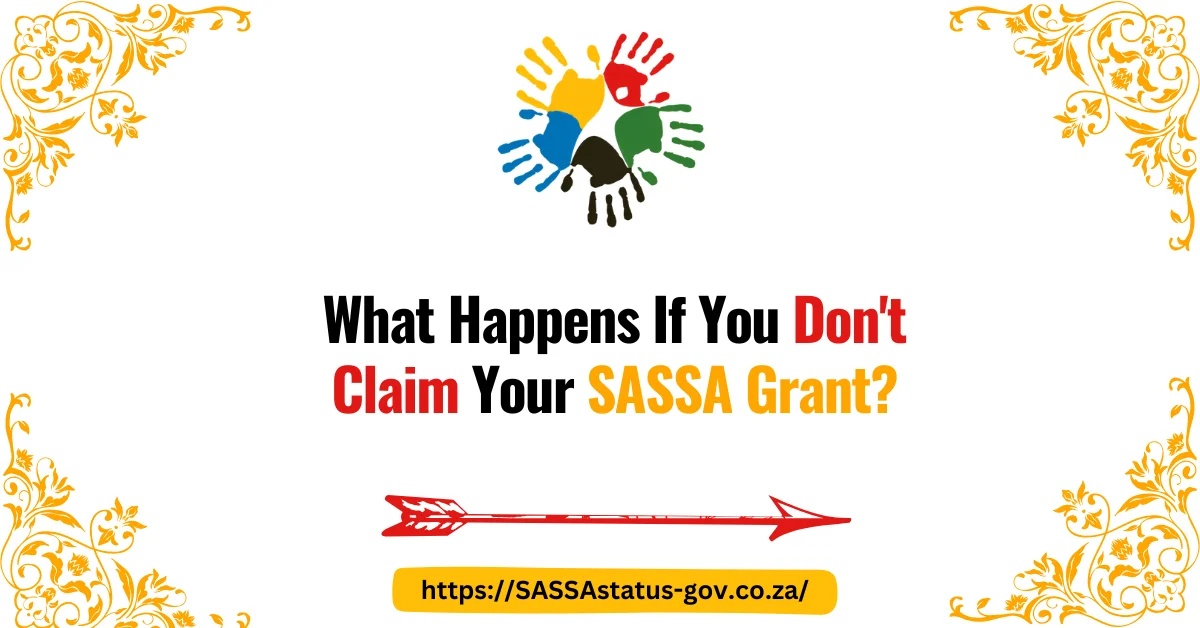
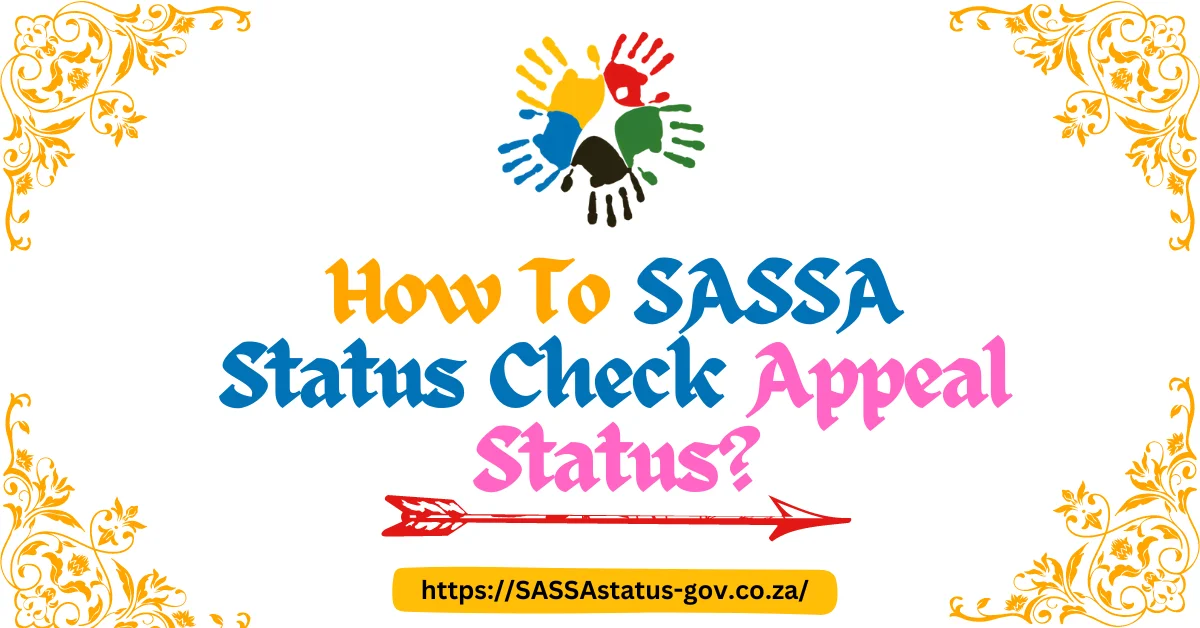
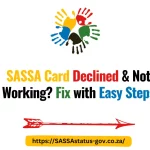
![SASSA Grants Types in South Africa [2025] - [Ultimate Guide] SASSA Grants Types in South Africa](https://sassasrdstatus.web.za/wp-content/uploads/2024/10/SASSA-Grants-Types-in-South-Africa-150x150.webp)
